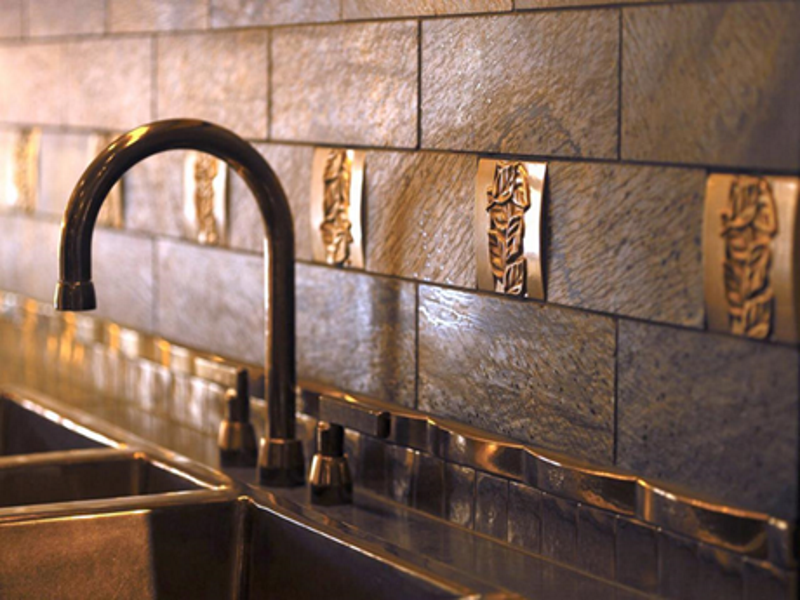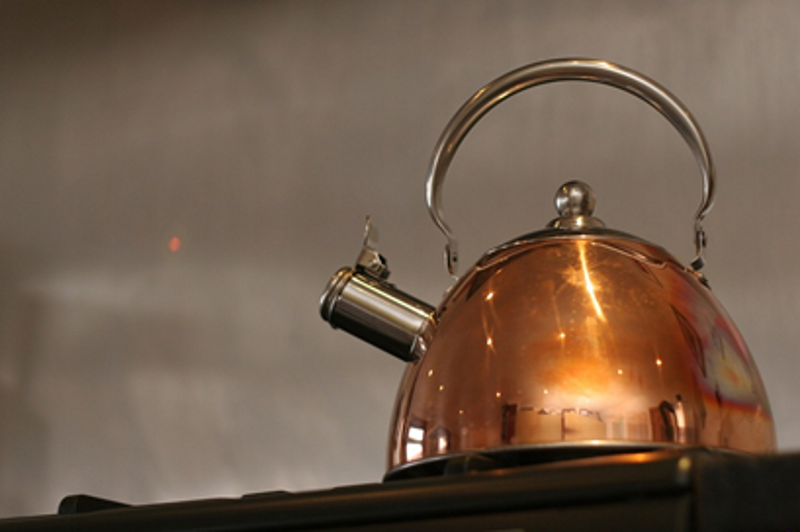Metal in Product Design

An important trend in product design is the use of metal, especially bronze and copper. There’s a move away from the ubiquitous chrome and stainless steel to the warmer shades that reflect a more rustic and natural feel that goes along with the trend to natural materials.
Environmental Consciousness
Metal has a lot of advantages for those interested in protecting the environment. While the initial removal of the base ore from the ground can be destructive, the metals that result from that process can be recycled indefinitely, and there is certainly a lot of scrap metal available for that purpose. Thus, many metal products available on the market today are made from recycled material, making them a great alternative for those who want to lessen the environmental impact of their buying choices. Products identified as being made with recycled metal will have a distinct advantage with a growing segment of the population.Another advantage of a well-made metal item is that it is likely to remain usable and attractive much longer than a plastic alternative, increasing its desirability as a material with those who want to fewer items of higher quality.
The Cool Metals: Aluminum, Steel, and Chrome
Those adhering to modern aesthetics such as industrial design or minimalism continue to use silvery metals to complete the look. Whether it be chrome pulls, stainless steel appliances, or even galvanized iron sheets as cladding for walls, the sleek, clean look of the silvery metals has not gone away.Pewter is sort of a halfway point between the cool industrial and warm Hygge style. While it has a silvery tone, its darker, dulled patina is a break from the high-shine look of metals such as chrome or stainless steel. It can be used as an accent piece in either setting and it will look right, making it a versatile choice for a variety of product designs.
As well, metal lends itself naturally- and is, in fact, essential in the industrial look that continues to be popular. Items made of roughly finished metal, such as rebar or piping, are a key component of that style, as well as the more finished look of stainless steel.
The New Warms: Brass, Copper and Bronze
In recent years, the Hygge design trend has been to create a home environment of warmth and comfort. To that end, consumers are looking for products made out of warmer, gold-tone metals that enhance a cozier aesthetic.
Copper has long been used in housewares, being especially good as a heat conductor and thus used for pots and pans for centuries. It’s also a versatile material, as it can be fabricated into a very finished, smooth surface for a modern look, or hammered and oxidized to look rustic and weathered.
Brass is back, and it can be used in sleek, modern design or traditional table lamps. There’s a market for both. Meanwhile, bronze, especially rubbed bronze with a dark finish, is an increasingly popular choice for items such as lamps.
Mixed Metals
Mixing different metals together, in a design, or using metals with other materials, is also a current product design trend. Wrought iron is a popular choice for combining with antique brass or granite for small accessories.Other metals can be combined for a distinctive effect, such as in this brass and pewter bowl.
Obviously, working in metal is not a new trend; we’ve defined periods of pre-history by the metals that they worked, such as Bronze and Iron. However, metal is experiencing a resurgence of popularity today because of its durability, versatility, and recyclability. It’s a good choice for product design for now, and into the future
